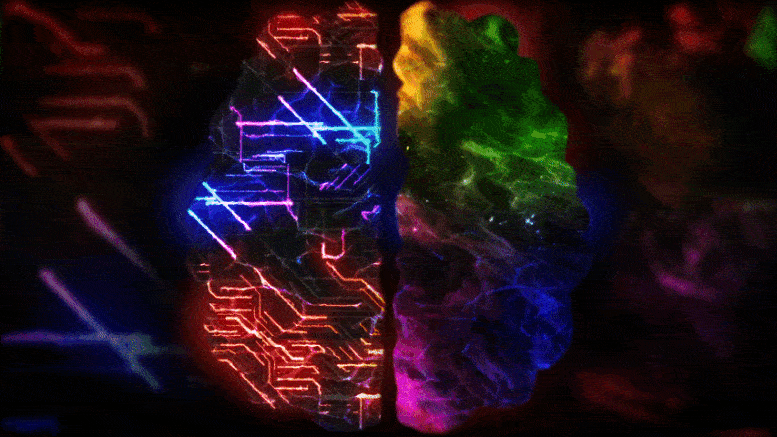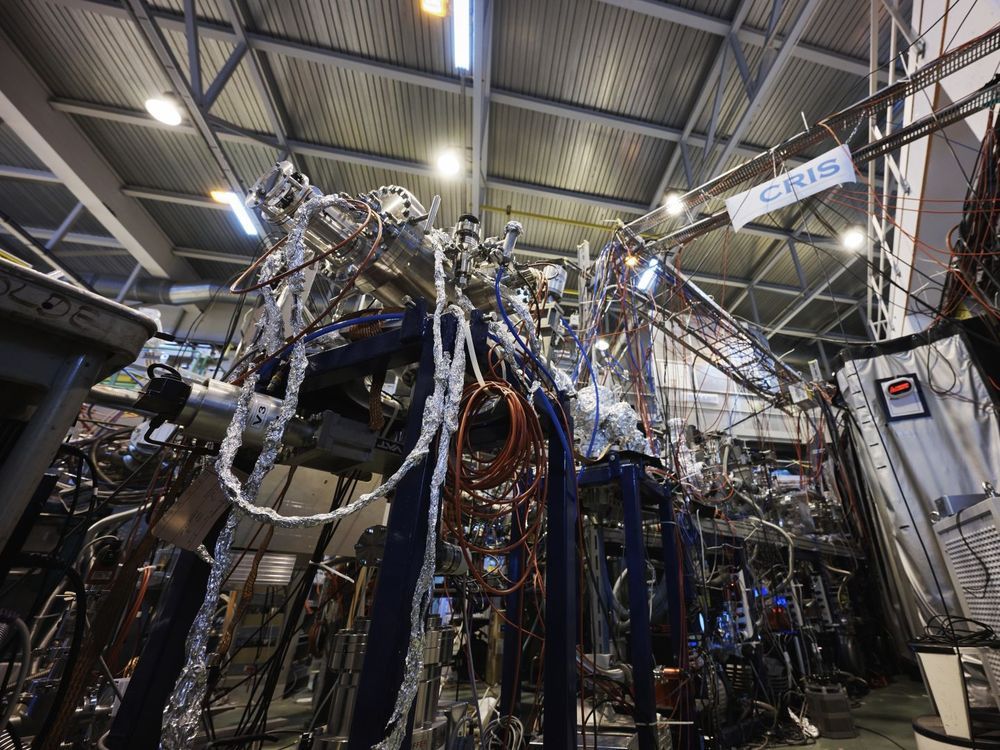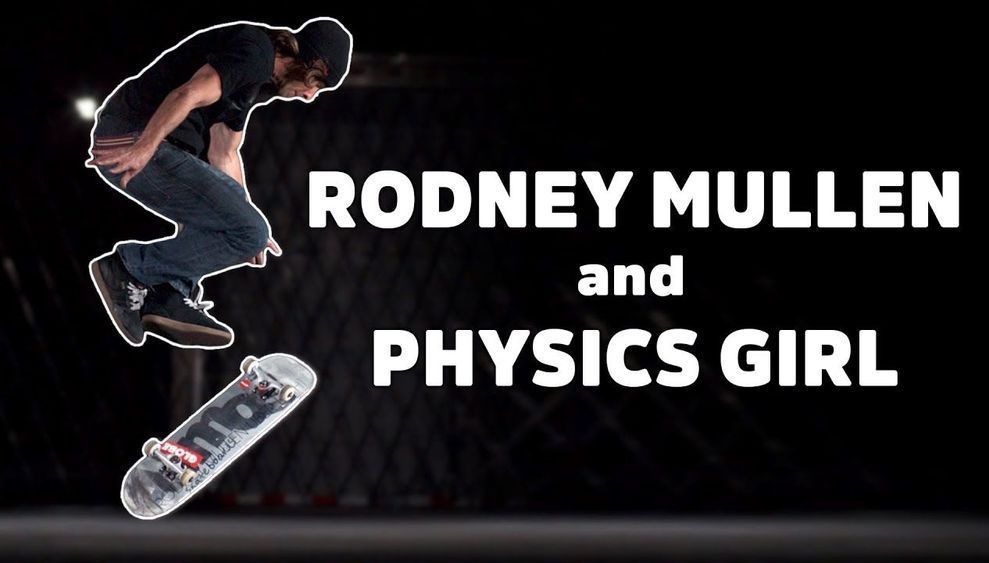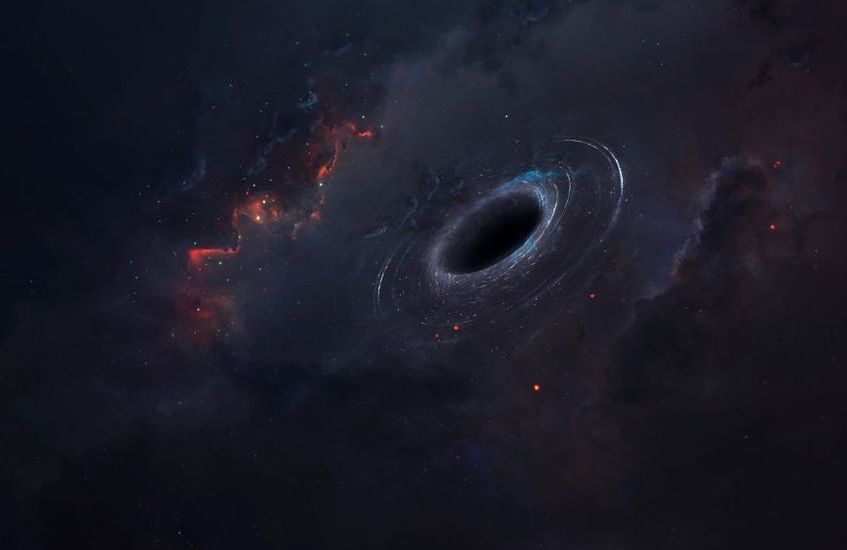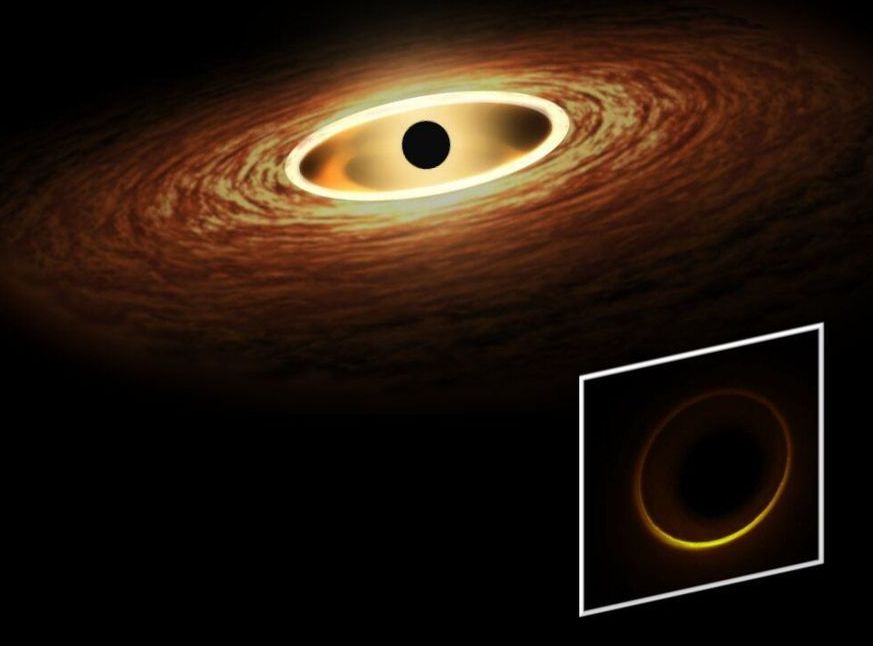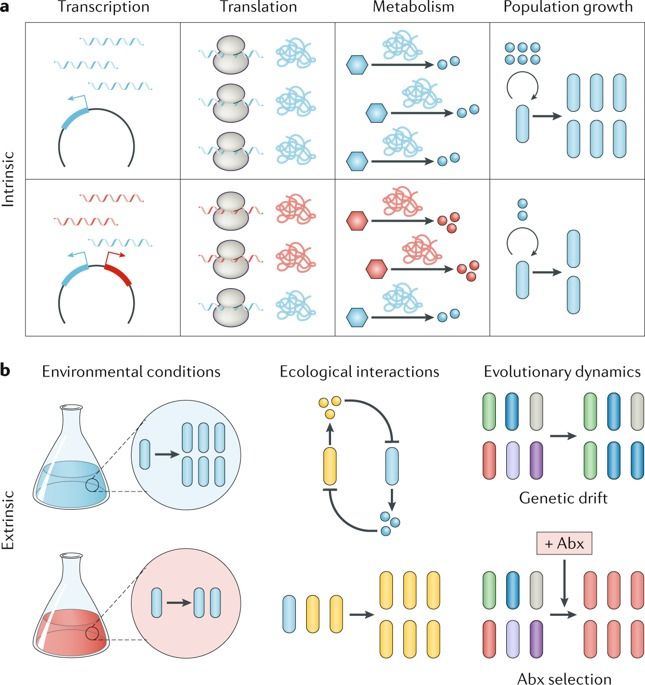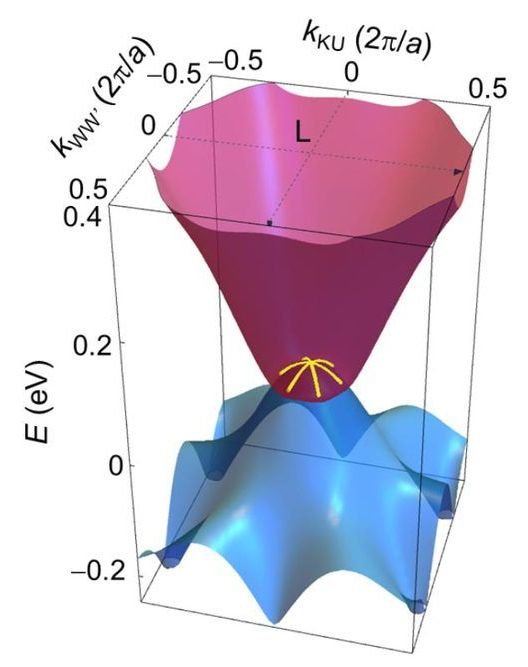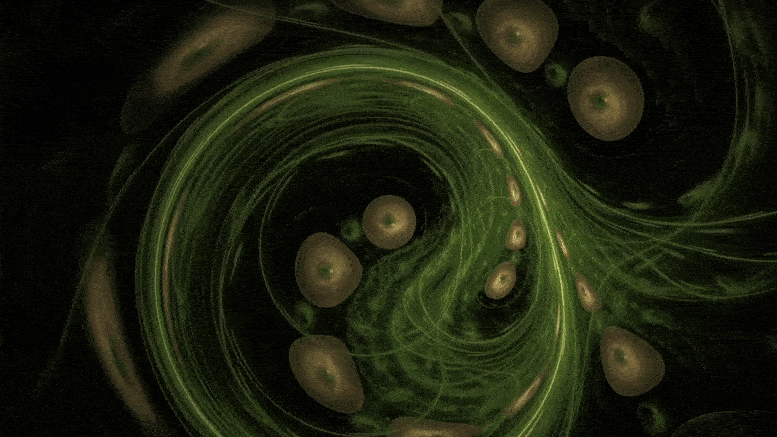
Astronomers announced the discovery of a ghostly, almost perfectly circular, arc of ultraviolet emission centered on the handle of the Big Dipper and stretching 30 degrees across the Northern sky. If the arc were extended, it would completely encircle the Big Dipper with a diameter of 60 degrees.
This unique object was discovered by Andrea Bracco, an astronomer at the Ruđer Bošković Institute in Zagreb, Croatia, Marta Alves, an astronomer at Radboud University in the Netherlands, and Robert Benjamin, a professor of physics and astronomy at the University of Wisconsin-Whitewater in the United States. Benjamin, who contributed to the analysis of the structure, presented the team’s newest results at an on-line meeting of American Astronomical Society on June 2. A report on the discovery has been published in the April volume of Astronomy & Astrophysics Letters.
The arc, stretching beyond the constellation Ursa Major, is 30 degrees long, a fraction of a degree thick, and made of compressed, energized interstellar gas. The source of the energy and the arc shape indicate an advancing shock wave from a stellar explosion or supernova which occurred 60 degrees above the plane of the Milky Way Galaxy. The distance and age of the explosion which created the shock wave is highly uncertain. The team estimates that the explosion occurred more than 100,000 years ago at a distance of approximately 600 light years.
